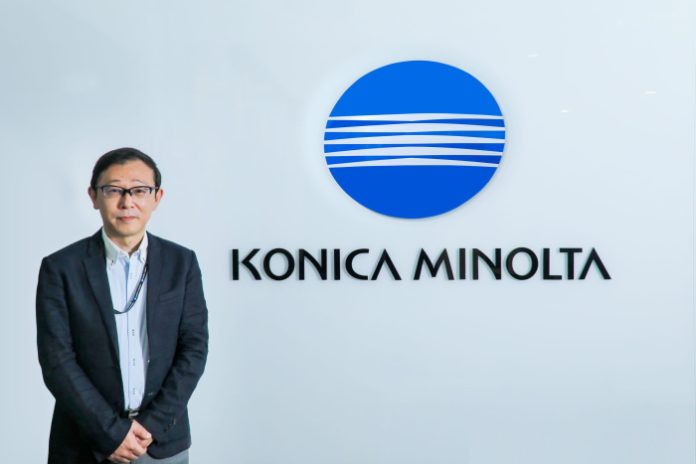Publishing on paper, logos on labels, agendas on A4s, and graphics on gravures may never go out of style. Businesses bank on print, even today. Thanks to the power of visual recall, when the written word is allowed to attain physicality on paper, it elicits cognizance, attention, and gravity, which is hard to match by a screen. Printing remains a preferred process in business processes, even when tasks are maintained and managed digitally. So, how does that marry into businesses’ ESG compliance?
The solution lies in understanding the chain of sustainability, and how it does not begin and end with the usage of paper. Moving forth from the necessity of paper and other derivative substrates in carrying print, there lie other avenues of sustainability optimization in the entire printing process.
Digital Printers solve the problem of printing sustainably. What should be measured in the metric are micro technologies inside it, which work in tandem to create an efficient and environmentally safe output that results in a positive total product lifecycle. The engineering behind digital printing creates sustainable results.
Energy conservation and plate elimination
Digital printing offers a sustainable alternative to offset printing, which is inefficient for short print runs. Unlike offset printing’s use of metal plates, digital printing employs electrostatic rollers known as ‘drums’ to apply toner and achieve vibrant color on the paper. By eliminating the need for metal plates, digital printers significantly conserve energy and minimize environmental impact. Additionally, the toners used in digital printing form a surface layer on the paper, preventing bleeding and enabling printing on diverse materials, including packaging, plastics, fabrics, and metal foils.
One study by a leading print solutions manufacturer says, “It (Digital Printer) reduces environmental impact significantly, with a 57% reduction in electricity usage compared to conventional screen-printing. In addition, it helps save energy for operations such as air conditioning and lighting by increasing customers’ production efficiency.”
No wastage of paper + no drying time
Offset printers often require wasteful practices such as using an initial set of paper to warm up the ink and running successive sheets with the same print image. In contrast, digital printing allows for individualized output, thus reducing waste and avoiding the need for minimum order quantities. That allows publishers to tailor output for individual markets, without having to commit to an MOQ that runs their books to the red.
Flexographic (offset) printers have long setups and constant running waste, often higher than 15%. That means that for every order of labels produced, 15% more is just thrown in the trash.
What is economical is ecological
Digital printing eliminates the energy-intensive and capital-heavy process of creating aluminum plates required in offset printing. The infrastructural setup of offset printing drives up costs and setup time, making it economically viable only at scale. On the other hand, digital printing offers a quick setup, utilizing digitized copies of images and minimizing energy consumption for small print jobs. This results in a quicker turnaround time, which allows minimized energy utilization for small-run print jobs.
Manufacturers are focusing on making the substrates sustainable by using recycled paper, which cuts down waste even further. Leading suppliers now provide a wide range of options, including FSC-certified materials, 100% post-consumer waste materials, PLA (corn-based) alternatives, recyclable materials, biodegradable options, and even substrates that are free from traditional tree-based sources.
Key takeaway
By eliminating metal plates, reducing wastage, and offering quick setup, digital printers provide an environment-friendly alternative to traditional printing methods, both for publishing and corporate needs. Manufacturers are actively developing sustainable substrates to further minimize waste. To embrace sustainability in printing, organizations should leverage technology and prioritize conscious sustainability practices throughout their operations. The transition to digital printing empowers businesses to achieve their ESG compliance goals while working in the ideal intersection of economically and environmentally viable.
(The author is Managing Director, Konica Minolta India)


















